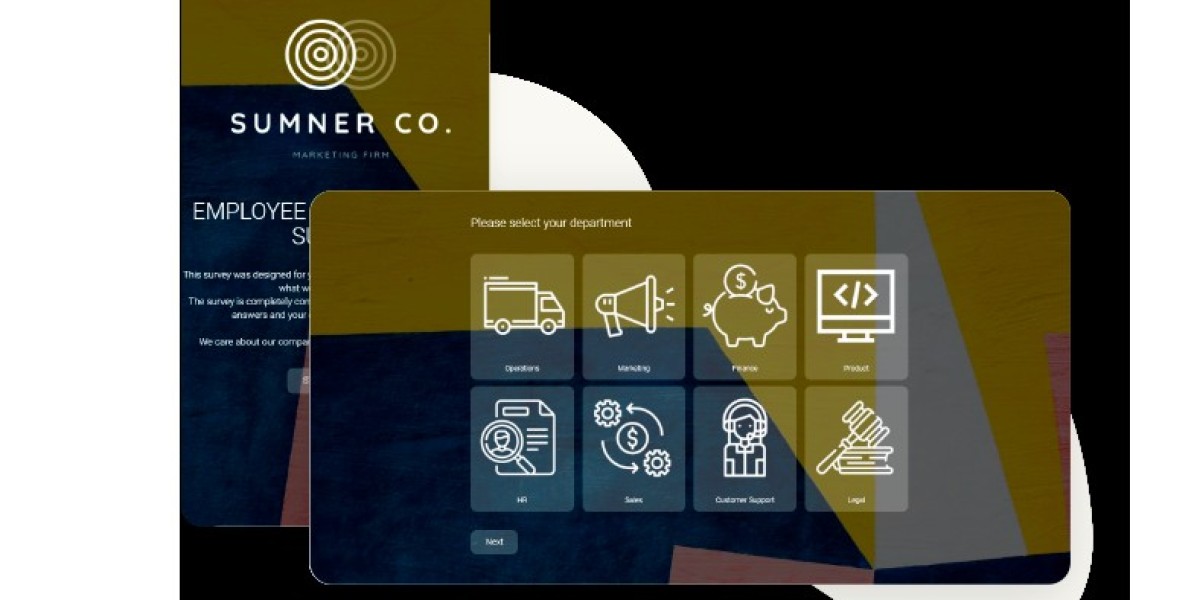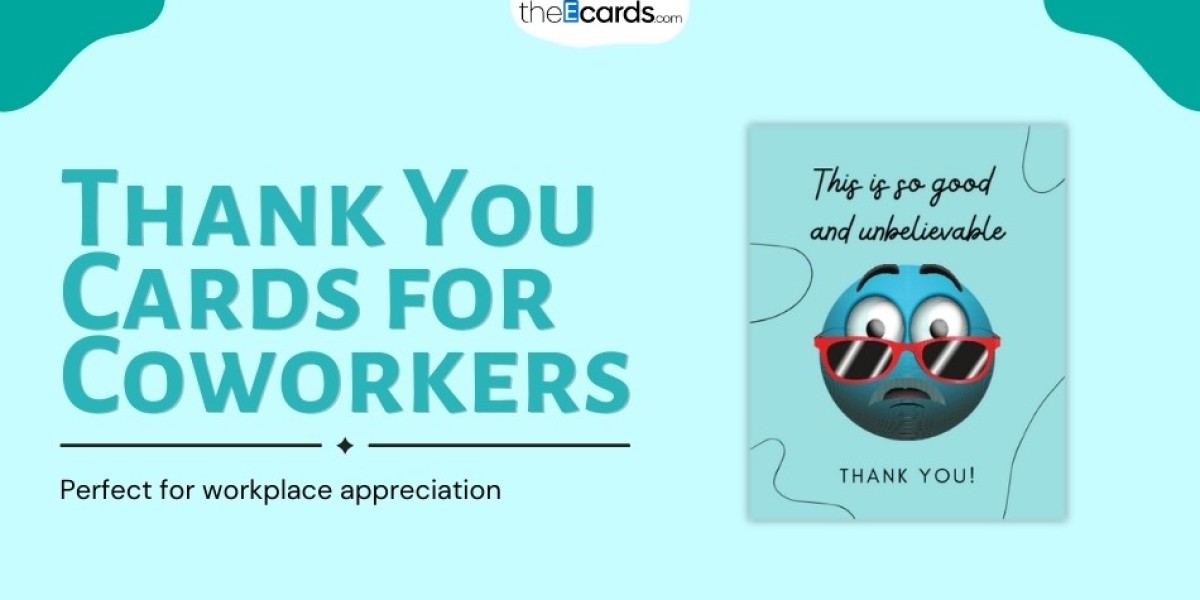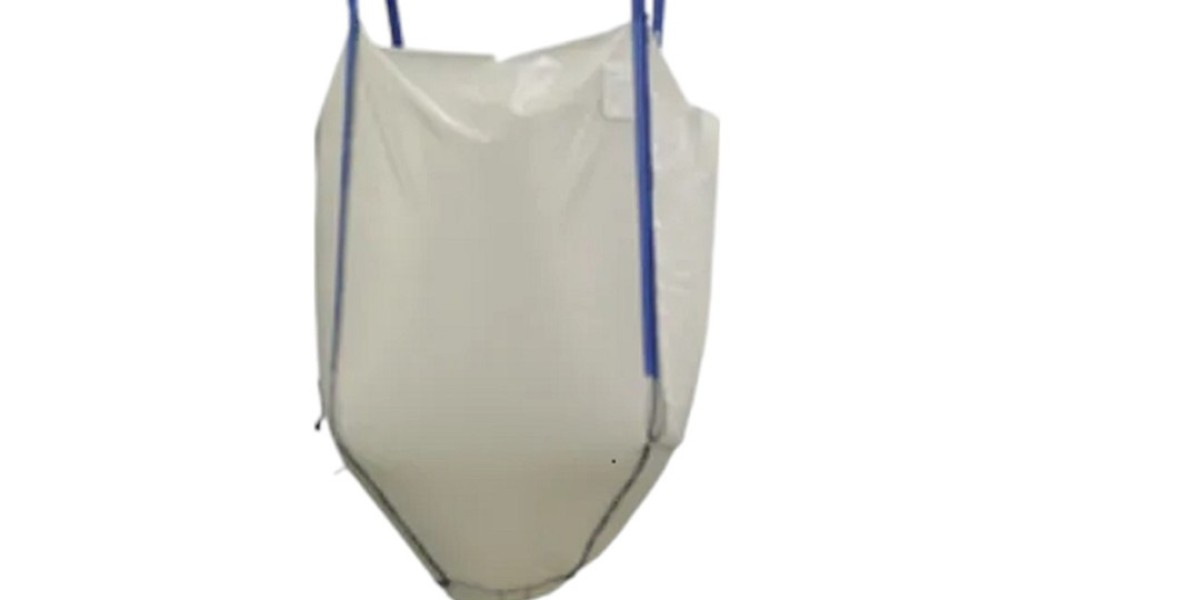team building is essential for maintaining productivity, boosting employee morale, and fostering a sense of community within an organization. One innovative way to enhance team-building efforts is through the incorporation of gamification. Gamification in team building involves using game mechanics, such as rewards, challenges, and competitive elements, to engage employees and improve collaboration.
We will explore how to effectively use gamification in team building ideas for employees to create impactful experiences that encourage growth, motivation, and cohesiveness within the workplace.
What is Gamification in Team Building?
Gamification refers to the use of game-like elements in non-game environments. In the context of team building, it involves integrating game mechanics such as points, badges, levels, challenges, and leaderboards into activities that aim to strengthen team dynamics and enhance employee engagement. The purpose is to motivate employees to participate more actively and foster healthy competition, ultimately leading to improved teamwork and productivity.
Key Gamification Elements for Effective Team Building
Clear Objectives: Every successful team-building activity begins with clear goals. In a gamified environment, these goals should be well-defined and tied to specific team-building objectives. Whether it’s improving communication, problem-solving, or leadership skills, the goals should be measurable and achievable.
Rewards and Recognition: One of the most motivating aspects of gamification is the reward system. Offering incentives for achieving milestones or completing challenges encourages participation and makes the experience more enjoyable. Rewards can range from tangible prizes to recognition in front of the team. Acknowledging achievements fosters a sense of accomplishment and encourages employees to strive for excellence.
Challenges and Competitions: Healthy competition can be an excellent motivator for team building. Incorporating challenges and competitions, where employees can collaborate and compete in groups, promotes a sense of camaraderie and teamwork. Challenges can vary in difficulty and complexity, catering to different skill levels within the team.
Leaderboards: Publicly displaying progress through leaderboards can add an element of excitement to team-building activities. Leaderboards create a sense of accomplishment for high performers and encourage others to put in more effort to rise in the ranks. It’s essential, however, to ensure that the competition remains friendly and inclusive for all participants.
Instant Feedback: Gamification thrives on providing instant feedback. Employees should be able to track their progress in real time through interactive platforms or apps. Immediate recognition for achieving a goal boosts morale and keeps employees engaged in the process.
Collaboration: While gamification often involves competition, it’s crucial to incorporate teamwork into the equation. Many team-building games are more effective when employees collaborate, communicate, and combine their skills. Incorporating collaborative tasks ensures that team building is about working together and not just competing against each other.
Team Building Ideas for Employees Using Gamification
Here are a few gamification-based team-building ideas for employees:
Escape Room Challenge: Virtual or physical escape rooms are a fantastic way to promote collaboration, problem-solving, and critical thinking. Employees are divided into teams and tasked with solving puzzles and finding clues to “escape” within a set time limit. Points can be awarded for how quickly teams complete challenges, fostering a sense of achievement.
Scavenger Hunts: Scavenger hunts, whether digital or in-person, encourage employees to work together to find clues or items around the office or online. Each team earns points for completing tasks or finding items, and the team with the most points at the end wins. This activity can help improve communication and problem-solving skills.
Trivia Games: Trivia games are a fun and engaging way to test employees' knowledge on various topics, including the company’s history, industry trends, or general knowledge. Offering points for each correct answer can foster friendly competition, and employees can even earn badges for consistent performance over time.
Workshops with Gamified Elements: During training workshops or professional development sessions, incorporate gamified elements like quizzes, challenges, and team competitions. This could be applied to leadership training, communication skills, or any other area where you want to see improvement among your team.
Team Tournaments: Organize tournaments where different teams compete in various activities such as problem-solving games, creative challenges, or even sports. Each team earns points for each round, and the team with the most points wins a grand prize.
Benefits of Gamification in Team Building
Using gamification in team-building activities offers several key benefits for both employees and employers:
Increased Engagement: Gamification makes team-building activities more exciting and engaging. By incorporating elements of fun, employees are more likely to actively participate and invest their time and energy into the activity.
Improved Collaboration: Gamified team-building exercises encourage employees to collaborate and rely on each other’s strengths. Team members learn to work together efficiently, improving the overall team dynamic.
Enhanced Motivation: Offering rewards, recognition, and competition can significantly increase employees' motivation. Gamification helps maintain momentum and pushes employees to continually strive for better performance.
Strengthened Skills: Whether it’s leadership, problem-solving, or communication skills, gamification helps employees sharpen various competencies in a relaxed, enjoyable setting.
Better Employee Retention: A positive work culture that embraces gamification and team building fosters a sense of belonging. Engaged employees are more likely to stay with the company long-term, reducing turnover rates.
Professional Forms and SurveyKiwi for Gamified Feedback
While gamified team-building activities themselves are impactful, integrating professional forms and surveys can help measure the success of these activities. Professional forms ensure that the process is organized and structured, gathering important data about employee experiences and feedback.
SurveyKiwi is a useful tool for conducting post-activity surveys. After team-building exercises, employers can use SurveyKiwi to collect employee feedback on what they enjoyed most, what could be improved, and how the activity influenced their team dynamics. This information allows managers to tailor future team-building efforts and make them even more impactful.
FAQs
1. How can gamification improve team dynamics?
Gamification promotes healthy competition and collaboration. By rewarding accomplishments, it encourages employees to work together, building a sense of unity and enhancing communication.
2. What are some examples of gamification tools for team-building activities?
Popular tools include digital escape rooms, trivia apps, scavenger hunt apps, and gamified learning platforms. These tools help structure team-building activities while providing a platform for tracking progress.
3. How can I assess the effectiveness of gamified team-building activities?
You can assess effectiveness using surveys like those from SurveyKiwi. Collecting feedback from employees on their experience, engagement, and the impact on team dynamics will help you determine how successful the activities were.
4. Are professional forms required for gamified team-building events?
Professional forms are not always necessary but can enhance organization and feedback collection. Forms help ensure that all participants are informed and provide valuable insights on how to improve future activities.
By incorporating gamification into team-building activities, you not only make work fun but also help your employees grow both individually and collectively, which can lead to a more cohesive, motivated, and productive workforce.









